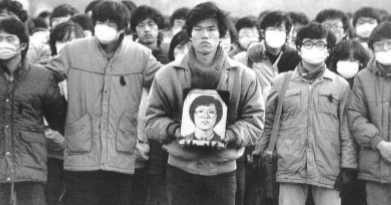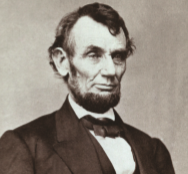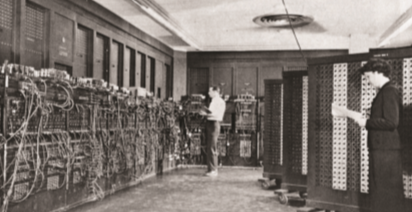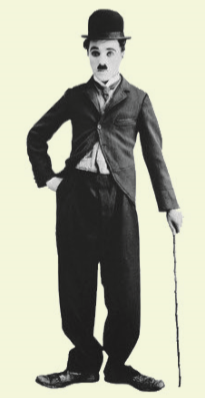/History of Today/
Not Far Ago From Now: January & February
Kwon Jong-hwan & Lee Jiwoo Reporter
From the United Kingdom to the United States, JBNU Globe gathered important historical events, which have affected the history of the world enormously.
January
University Student Park Jong-cheol Death by Torture

This event was made popular by the movie ‘1987’ which premiered in 2017. On January 14, 1987, Park Jong-cheol, a student at Seoul National University’s linguistic department, died as a result of water torture carried out by police detectives. Korea, in 1987 was ruled by military regime, under martial law. Korean citizens did not have the right to vote because of an indirect election process. Therefore, many university students around Korea including Park Jong-cheol, were actively participating in student protests to gain the right to vote in a direct election. The horrendous acts against Park Jong-cheol, causing his eventual death, included cruel beating, electric shock, and water torture. However the police and military regime concealed his cause of death, and therefore they had to cremate his body without permission from his family. They also controlled the press in order not to publicize this event and falsified his autopsy results. Through the persistant chase of reporters, the government finally admitted that Park Jong Cheol died as a result of brutal torture at the hands of two police officers. Nevertheless on May 18, the association of Catholic priests disclosed that that confession was also a lie. In fact, the government officials and five police officers involved in this incident bribed the two officers who took the fall for the other three officers. The Korean society at the time, was outraged, and felt deceived by the dishonesty and cover up of the truth by the military regime regarding this whole conspiracy. Thus, this historical event fueled the June Democracy Movement against the military regime.
World’s First Subway, ‘The Underground’

A subway system is the trustworthy mode of transportation for millions of people living in many big cities around the world. On January 10th, 1863, the oldest, and first, underground railway in the world, also known to many as ‘The Tube,’ was opened by the then Metropolitan Railway. It is services the Greater London area, including parts of Buckinghamshire, Essex, and Hertfordshire. In the beginning, few private companies owned subway lines. However these private entities were unified under by ‘London Transport’ in 1933. Despites its name being ‘Underground’, the number of railroads actually located underground, are less than half of all railroads of associated with The Tube. It currently contains 270 stations and railroads panning a combined 400km. It has 11 lines and transported 1,357,000,000 (1.357 billion) people from 2017-18. It is also known as the 11th busiest subway in entire world; being the first to introduce a contactless card payment system in 2014.
Abraham Lincoln’s Emancipation Proclamation

January 1st, on 1863, which was three years after the start of the American Civil War, the president of the United States at that time, Abraham Lincoln, presented the Emancipation Proclamation? Actually draft of this proclamation was already completed at July 22th on 1862. However Secretary of State of Lincoln suggested to him not to announce this proclamation until military victory. Therefore, proclamation was announced on first day of next year, which was after victory of North army in September. It says, “that all persons held as slaves are, and henceforward shall be, free”. Although it was useless when the North army lost the war and couldn’t end slavery in the young nation, it did turn the tide of the civil war. Through this Proclamation, almost 200,000 African Americans joined the army and the North army was able to win the war. It couldn’t guarantee political rights of African Americans because its main purpose was to promote military force. However, it became the first step to equality, which was finally realized more than a century later.
February
World’s First Computer, Eniac

ENIAC (Electronic Numerical Integrator And Computer), known as the world's first computer, was introduced to the world on February 14, 1946. ENIAC was unveiled in one of the special rooms of the Moore Institute of Technology, at Pennsylvania State University, Pennsylvania, U.S.A. It was a huge machine, light years away from a 21st Century PC, with which we are more familiar today. It was 30 meters long, three meters high and weighed 27 tons. To operate the complex, this massive device was made up of 70,000 resistors, 10,000 capacitors, 1,500 relays, 6,000 switches, and 17,468 vacuum tubes, all requiring a huge amount of electric power, 150kw.There was a rumor that Philadelphia would be blacked out when ENIAC was switched on, so you can guess how huge it was at that time. The interestingly funny fact was that, unlike what is known to the public, ENIAC actually was not the first computer in the world. In fact, just seven years before ENIAC was revealed, in 1939, John Vincent Atanasoff of Iowa State University, invented the prototype of the world's first complete electronic computer, the Atanasoff–Berry computer (ABC). After a U.S. court nullified the patent of ENIAC in 1973, the ABC computer became the first electronic calculator of mankind.
Fire at the Daegu Subway

The fire that broke out on February 18, 2003 in a subway train in Daegu, was the biggest train accident in South Korea resulting in several human casualties. The cause of the accident was an act of arson by one of the passengers. Kim Dae-han, an arsonist who was driving a private taxi, was pessimistic about the world and arson, because he had had a stroke and was suffering from depression. The Daegu subway accident could have ended as a simple arson attack; but complacency brought a bigger tragedy. Despite the fire, the approaching train continued to enter the station where the accident occurred, which caused the fire to spread and cause further damage. More lives were lost on the burnt-out train than on the train that started the fire. Moreover, more than 100 bodies were found dead after the driver evacuated the car door of the train that had been moved to the fire. 192 people were killed and 151 individuals were injured in the accident. In particular, 76 students were killed or injured, which reminds us of the tragedy of this life-ending accident.
Release of ‘Modern Times’

On February 5, 1936, the American comedian Charlie Chaplin's last silent movie “Modern Times” was released. This film, “Modern Times,” is one of Chaplin's best-known classics in film history, with its own production, screenplay, music, director and lead roles. In 1936, when the movie was first screened, the United States was experiencing its most extreme economic crisis. Chaplin tried to satirize American capitalism and marginalized workers through the film. Charlie Chaplin, who plays a worker bound by a conveyor belt, humorously expresses the alienation suffered by humans in modern capitalism. In South Korea, Chaplin's films were not released, due to the import bans for ideological reasons. It was not until December 9, 1989, the centennial of Chaplin's birth, that the ban was revoked and opened to the public.
Did you enjoy our journey through the history of meaningful events some of which were sorrowful, honorable, or interesting? French writer Victor Hugo said “What is history? An echo of the past in the future, a reflex from the future on the past”. If we use history well, we can find out how this history affected the past course of Korea. It woudl be great if you would let this article in this magazine, be your guide in the years to come.

